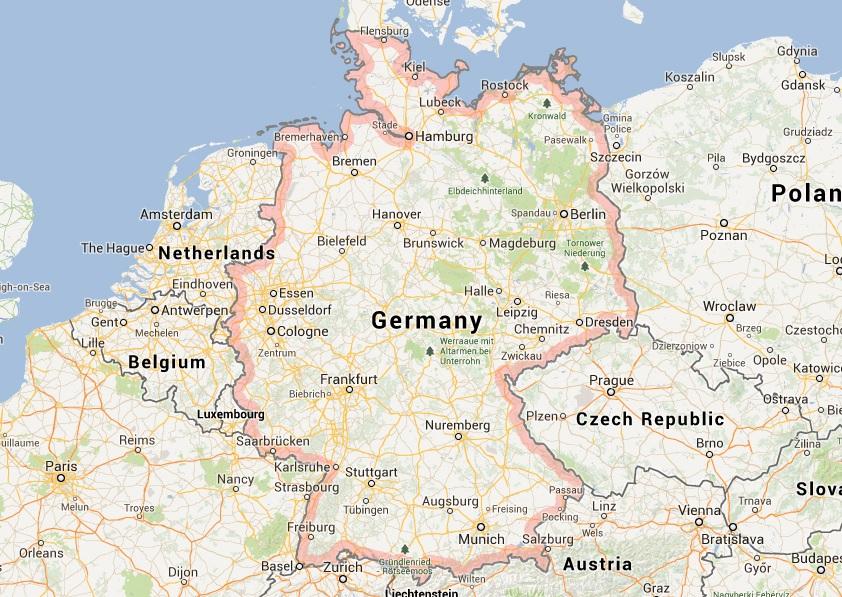How can 1.5 million people in Europe’s most populous country just go missing from one moment to another? Statistics make it all possible. When the data from Germany’s 2011 census was finally released May 31, 2013, the size of the population shrank from one minute to the other.
Up until 11 a.m. Central European Time Germany still counted 81.8 million inhabitants, a number based on a 1987 census for Western Germany and a 1981 census for Eastern Germany. The data was then updated according to current birth and death records as well as the communal registration system. That all changed when the new numbers from the May, 2011, census came out, revealing a shocking discrepancy of 1.5 million people or 1.8 percent, according to official data.
Germany’s statisticians long suspected that the figures would not be accurate anymore after more than 30 years. “With time increasing between the census’ , the statistics become more and more error prone,” Heike Trappe, professor at the Institute for Sociology and Demographics at the University of Rostock told Süddeutsche Zeitung.
So where did the 1.5 million people go? While birth and death records are very accurate in general, it is the registrations at local city halls that are responsible for most of the difference. People that move to another country can still keep their registration and count as living in Germany if they still have relatives there and come back from time to time. So many of the people who moved away simply did not de-register and were still being counted as part of the population.
This explains why the foreign part of the population decreased by almost 1.1 million (from 7.3 million to 6.2 million or 14.9 percent), while the native German population decreased by only 0.6 percent of 428,000. Many of the foreigners living in Germany just moved back to the places they came from or on to another country and the system did not recognize it.





